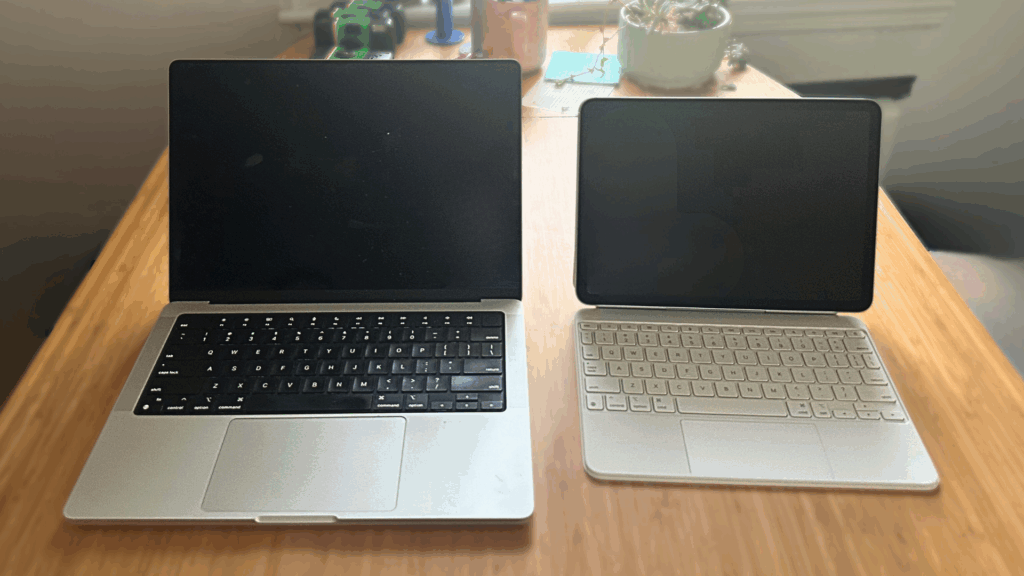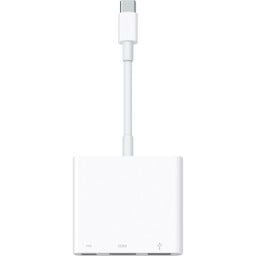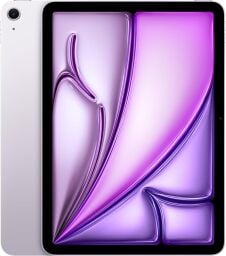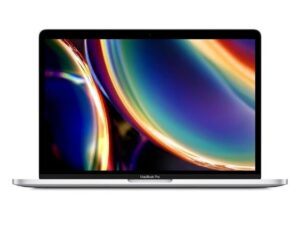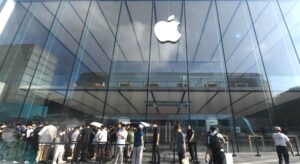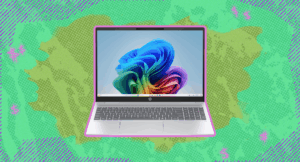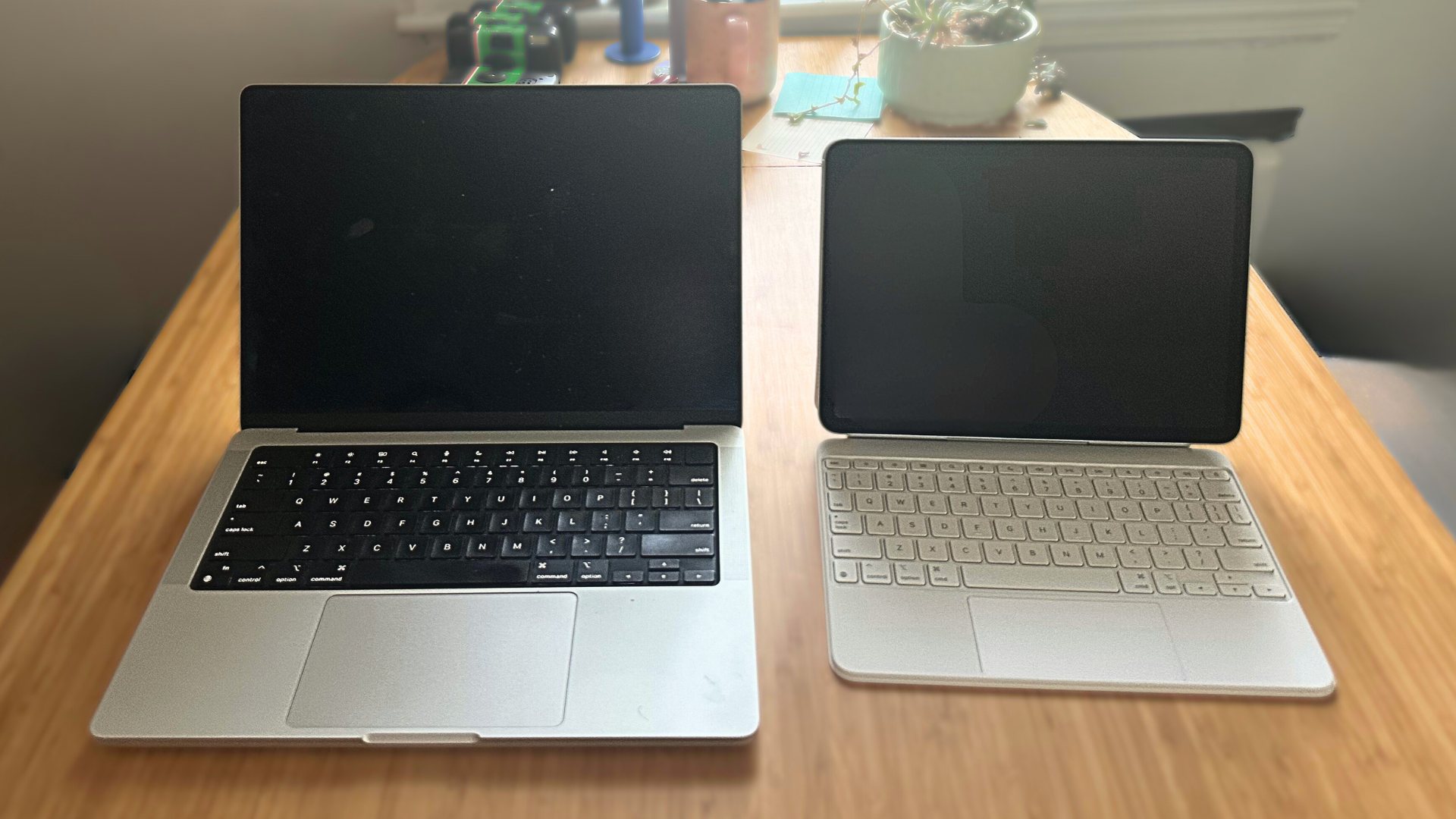
As a long-time iPad user, who’s been covering Apple for several years, I’ve had a growing suspicion: iPads are basically just laptops now.
In 2024, when Apple launched the iPad Pro with M4 chip — before they’d even put that chip in a MacBook — alongside the iPad Air with M2 chip (and then the M3 version just a few months later), all signs showed my inclination was right. Apple wants its tablets to be as powerful as its laptops.
But the final piece of evidence to prove my hypothesis came at Apple’s 2025 WWDC, when the brand announced the newest feature coming to iPads called “Windows.” The feature allows users to resize the app windows within the screen to view multiple applications at once. While this feature is new to iPads, it’s been a standard feature of laptops for most of their existence.
If the math is mathing the way I think it is, Apple’s iPads are basically just laptops now. Here’s how Apple is turning its tablets into laptops, and why they might be the more affordable option.
iPads and MacBooks have the same powerful processor
Apple’s M series chips now power the brand’s computers. It’s one of the most powerful processors we’ve tested, expanding Apple products’ speed and efficiency. The first time we saw the M4 chip wasn’t in a laptop but Apple’s iPad Pro, which scored 14,586 on Geekbench 6, better than most laptops we’d tested at the time.
Half of Apple’s iPads now have the M series of chips. The iPad Pro includes the M4, while the iPad Air has the M3 chip. Meanwhile, the other half of the iPad lineup features Apple’s A series chips, which are usually found in iPhones. Based on processors alone, it appears that half of Apple’s iPad models are quite literally built to compute as laptops. However, that line could soon blur.
Rumors are swirling that Apple’s next MacBook may be an affordable model that features an A series chip, which would truly mean you can’t judge a laptop or tablet based on its processor alone.
The screen sizes are closing in on each other
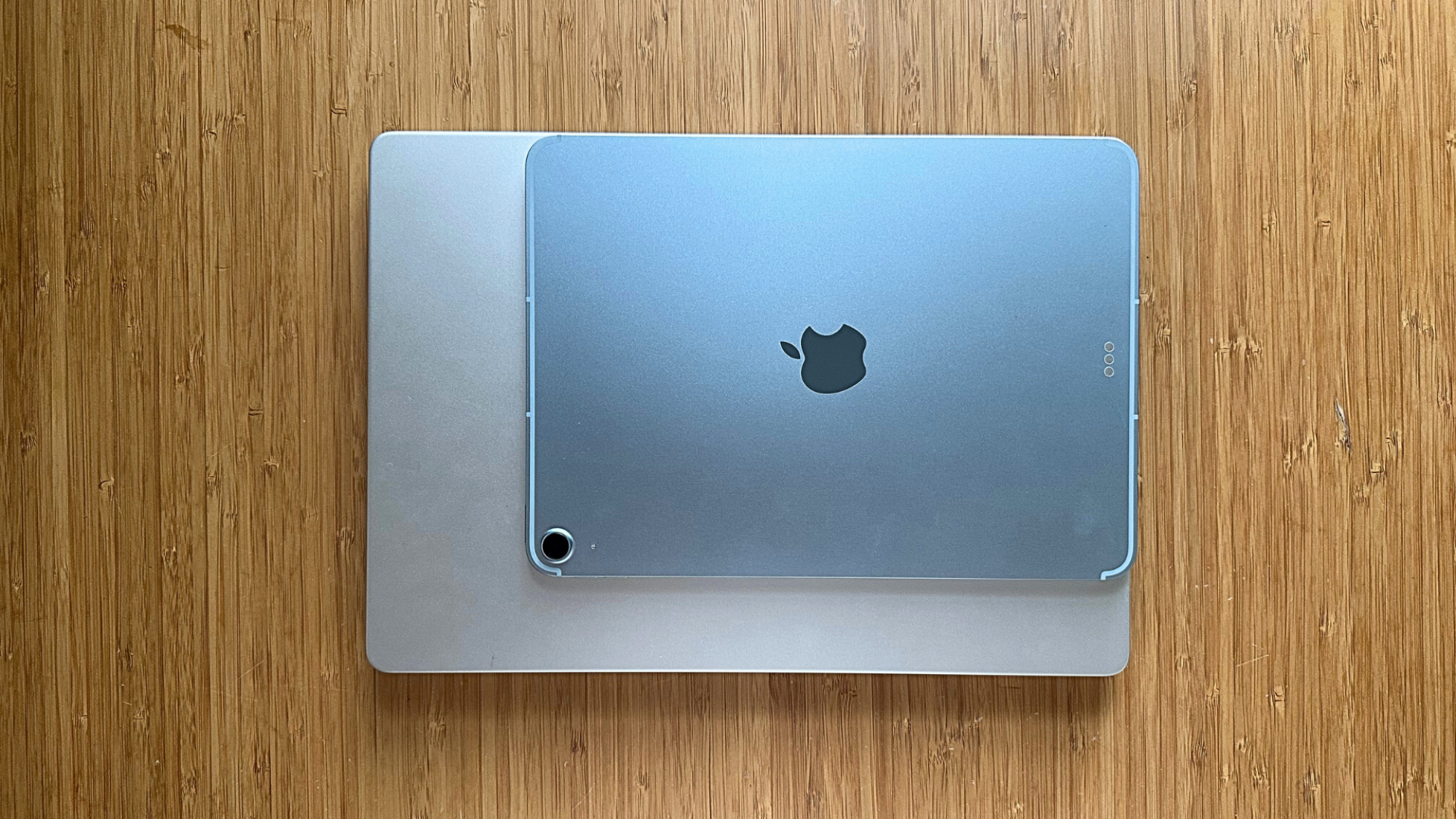
Credit: Samantha Mangino / Mashable
And to be clear, not every iPad is basically a laptop. The iPad mini’s screen is just way too small to compete — that being said, it is a great e-reader alternative. But the standard iPad, iPad Air, and iPad Pro all have 11-inch screens, two inches shy of the smallest 13-inch MacBook. However, the iPad Air and iPad Pro fully close that gap with their 13-inch models.
iPads can transform into work stations — especially for creatives
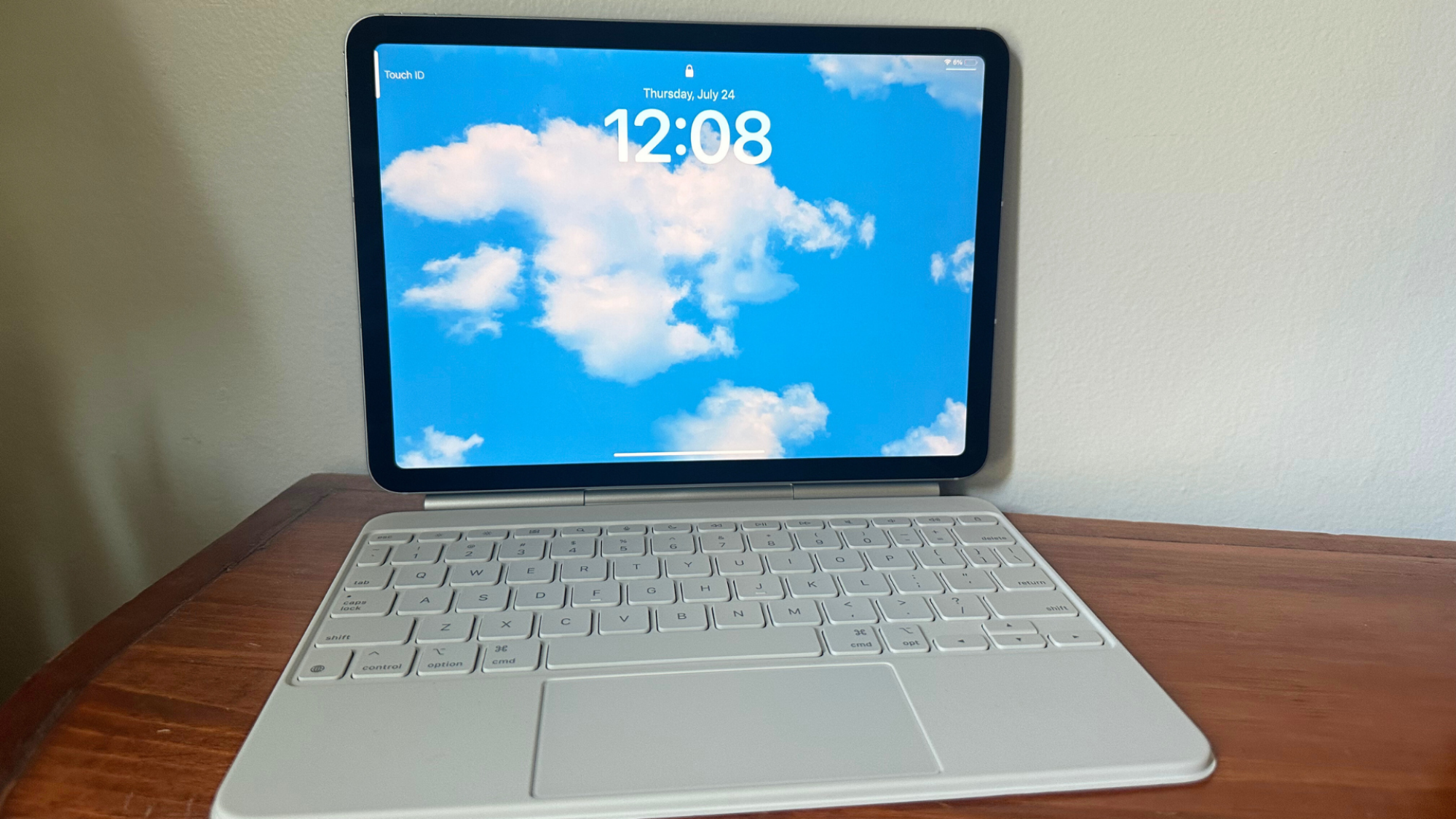
Credit: Samantha Mangino / Mashable
OK, but even if they have the same size screen as a laptop, they’re still only half a laptop, right? Sort of. While iPads are technically just a touchscreen, Magic Keyboards turn them into workstations. These keyboards, now available to purchase alongside an iPad, seamlessly connect to the tablets (à la AirPods and iPhones) and allow you to type on any actual keyboard rather than a screen. They even include a laptop-style trackpad.
The keyboards range from folios for the basic iPad to the more advanced keyboard stands for the iPad Air and Pro, which make the iPad look just like a laptop. In fact, an iPad and Magic Keyboard set-up more closely resembles a 2-in-1 laptop, like the Microsoft Surface.
With the addition of an Apple Pencil to the iPad and Magic Keyboard pairing, the iPad becomes the ideal Mac for artists too. While interviewing graphic designers about the best laptops for their line of work, many remarked that an iPad was actually their preferred device over a laptop.
However, where iPads and laptops veer from each other is their ports. iPads offer a single USB-C port while laptops typically have multiple ports, including USB-A, USB-C, and HDMI ports. That being said, Apple’s port options are dwindling, with some MacBooks just offering three USB-C ports. However, both the iPad and MacBook can work around this with the assistance of a dongle that plugs in and offers port variety.
The iPad and MacBook interfaces
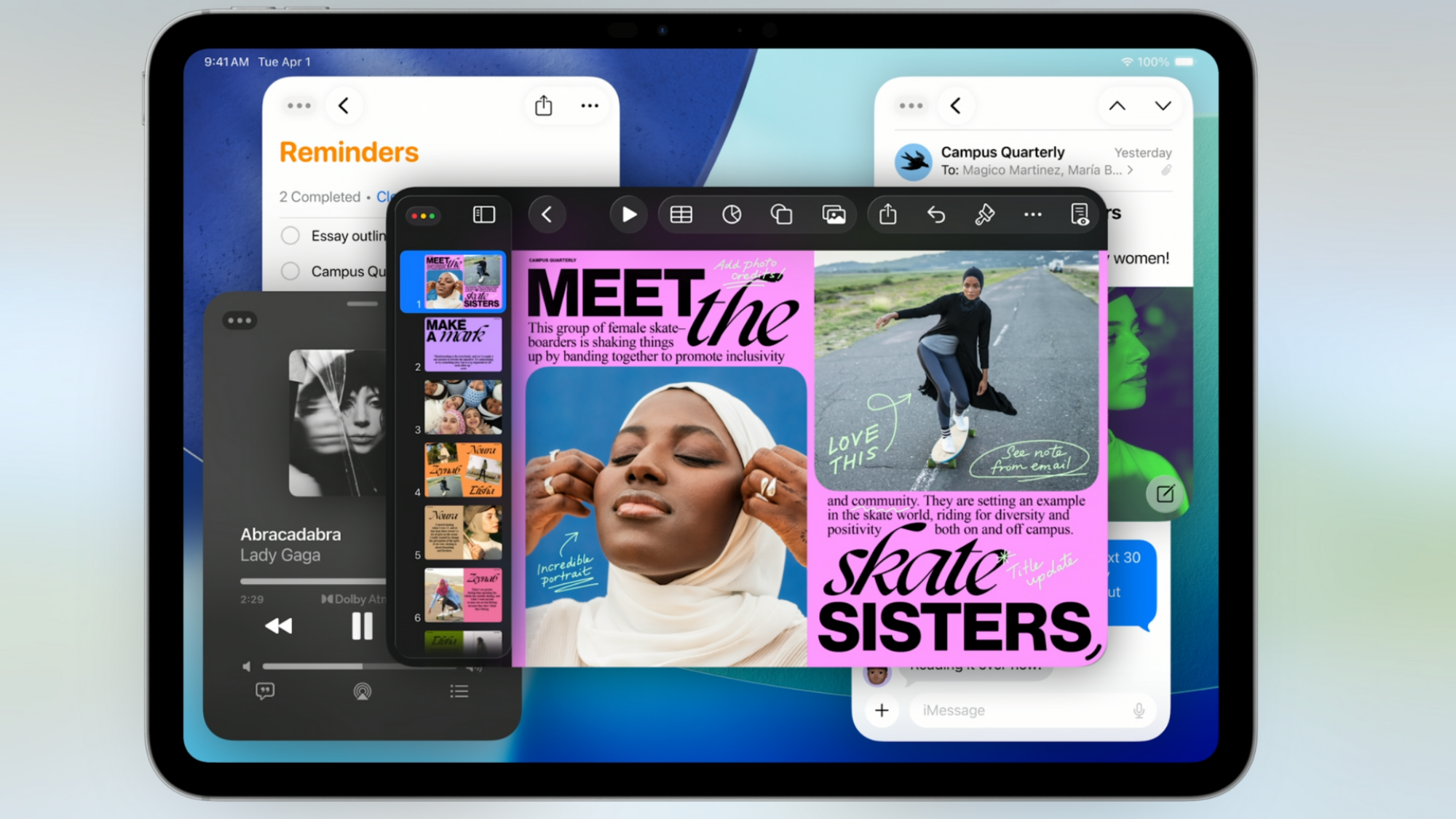
Credit: Apple
Even though an iPad looks like a laptop, it doesn’t mean that it can function like one. With a laptop you have the ability to organize file storage and navigate through multiple windows. And on an iPad you now… have the ability to organize file storage and navigate through multiple windows.
Both iPads and iPhones now feature file storage apps that essentially work like Finder on the portable devices. And with the introduction of “Windows” coming to the next iteration of iPadOS, users can view multiple apps at once for a better workflow.
So, in terms of functionality, the iPad and laptop Venn diagram is basically a circle.
iPads are just competitively priced MacBooks
iPads don’t overlap with laptops, specifically MacBooks, on one particular front: price. And that actually works in the tablets’ favor. The basic iPad and iPad Air are priced hundreds of dollars less than Apple’s most affordable laptop, the MacBook Air.
I liken the price differences between iPads and MacBooks to that of Chromebooks and standard Windows computers; they’re a more affordable option, with some decreased functionality. But in the case of iPads, which are typically more expensive than Chromebooks anyway, they also have far more functionality than Chromebooks.
The most affordable iPad starts at $349, while the most affordable MacBook is the 13-inch MacBook Air, which starts at $999. Even if you upgrade to the iPad Air, which has the M3 chip just like that starter MacBook Air, it starts at just $599. And if you were to add on the $269 Magic Keyboard, that comes out to $868, still saving you over $100 compared to the MacBook Air.
However, the more advanced the iPad model you shop, the more it starts to be priced like a laptop. But, even the 13-inch iPad Pro is $300 cheaper than the 14-inch MacBook Pro — and both come with the M4 chip.
Is this all to say that you should be buying an iPad over a MacBook these days? Not at all. But it is to offer up a more affordable alternative in the iPad, which can go head-to-head with many laptops, especially MacBooks.
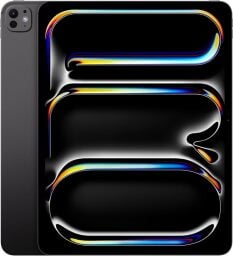
Opens in a new window

